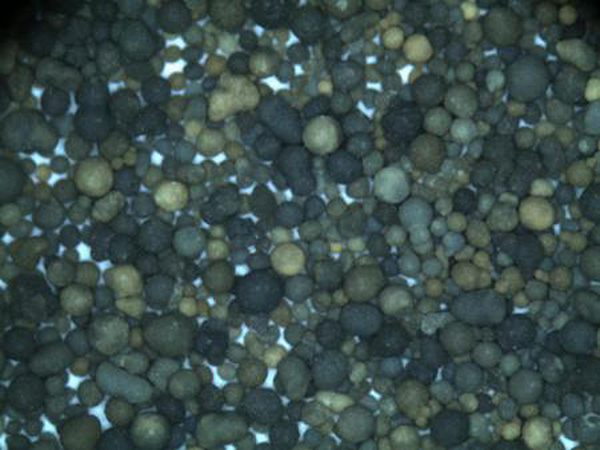Lost foam casting is an innovative and efficient manufacturing process that has gained popularity in various industries, including automotive, aerospace, and artistic fabrications. This method is particularly valued for its ability to produce complex shapes with high accuracy and minimal waste.
At its core, lost foam casting involves creating a pattern made from foam, typically polystyrene. This foam pattern is coated with a layer of refractory material to form a mold. Once the refractory layer cures, the foam is evaporated by pouring molten metal into the mold. The high temperature of the metal causes the foam to vaporize, leaving behind a cavity that takes the exact shape of the original foam pattern. This seamless transition allows for a high degree of detail and dimensional accuracy in the final product.
One of the significant advantages of lost foam casting is its ability to produce intricate geometries that may be difficult or impossible to achieve with traditional casting methods. Because the foam pattern is easy to manipulate during the design phase, manufacturers can create complex shapes without the need for extensive machining or additional tooling. This flexibility not only speeds up the production process but also allows for greater design freedom, enabling the creation of lightweight and structurally efficient components.
lost foam casting

Additionally, lost foam casting is known for its environmental benefits. The process generates minimal waste compared to other casting techniques. The evaporation of the foam reduces material leftovers, which helps decrease the environmental footprint of the manufacturing process. Furthermore, many practitioners are exploring the use of recycled materials in their foam patterns, leading to a more sustainable approach to metal casting.
Moreover, the lost foam casting process can be easily integrated into automated production lines, enhancing efficiency and reducing labor costs. Automation in the pouring and handling processes minimizes human error, resulting in consistent quality across produced items. This reliability is crucial for industries where precision is paramount, such as aerospace and healthcare.
In conclusion, lost foam casting is a versatile and efficient technique that offers numerous advantages over traditional casting methods. With its capacity to create complex shapes, minimize waste, and integrate into automated systems, lost foam casting is poised to become an essential method in modern manufacturing, driving innovation across various sectors and contributing to more sustainable practices in the industry.
Post time:Окт . 12, 2024 21:44
Next:open sand casting
